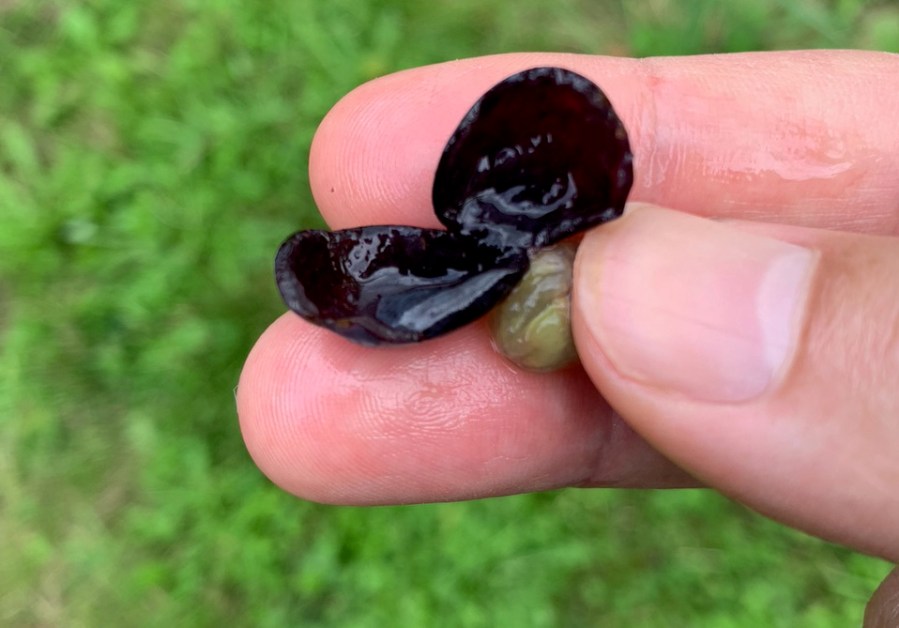Wine buyers often think that we, (winemakers), are the gurus who always know exactly what to do, how and when: the truth can be very different from this assumption.
Here we are talking about a creative style of winemaking in a constant search of improvement according to harvest variation often crossing the line of a comfort zone.
Winemaking is not a mathematical game. If we apply the same “rules” every year, the results can go too far from what we expect because the grapes are different from year to year. What we have to apply, is not a rule, but criteria based on technical knowledge and experience.
Wine sculpturing
We like to think that we’re 100% in control of making a wine; in reality, many decisions have already been made by the vineyard.
Like an artist with a piece of marble, the sculpture is already there, it needs to be expressed by removing the exceeding pieces. Likewise with grapes, we need to understand what’s in front of us and apply criteria and techniques to express the best of it.
Of course this sounds more simple than it actually is. The differences between each harvest are not always visible or detectable when we taste the grapes. Wine chemistry is very complex with many aspects still unknown; for this reason, experience and trials are crucial.
When we make wine from the same site over and over again, we start learning what is not visible to our eyes or detectable to our palate; this is probably what makes experience priceless.
In my case, I have the privilege of working with talented people of different philosophies. I make wine repetitively from the same sites in different terroirs using various approaches. The more I understand the more there is to learn… Realising that a Pinot Noir, Chardonnay etc, can be very different from site to site is fascinating and something that can work in a certain environment might not work in another.
Some criteria can be generalised while that invisible learning experience mentioned above is very much terroir and harvest dependent.
At the same time, we cannot escape from the laws of physics and chemistry…
Everything counts in this holistic approach.
Flexibility
We obviously need a plan and also need to be prepared to change it if on picking day the situation is different to that which we originally had in our mind. This means using different tools to express our sculpture because the raw material is different. I call it “soft plan”; a plan which is flexible and fluid to adapt in a changing environment.
Part of being prepared also means trying to know in advance the actions that need to be taken. Going to taste the grapes from September onward on a weekly basis to follow the ripeness.
I’m not talking about sugar content and acidity; I’m talking about the most important aspects, the ones that we can hardly change: phenolics and flavours just to simplify.
Be comfortable with being uncomfortable
In my winemaking career, I’ve taken a few uncomfortable decisions for the sake of improvements. This involves risk management and investments. My personal way of dealing with it is by being an open book: share doubts, assess the risk and give a scenario of multiple options. This always pays back in the long run.
Playing with uncertainties is part of the game if we want to make the best we can; it’s also what makes wine unique and every harvest unforgettable.




